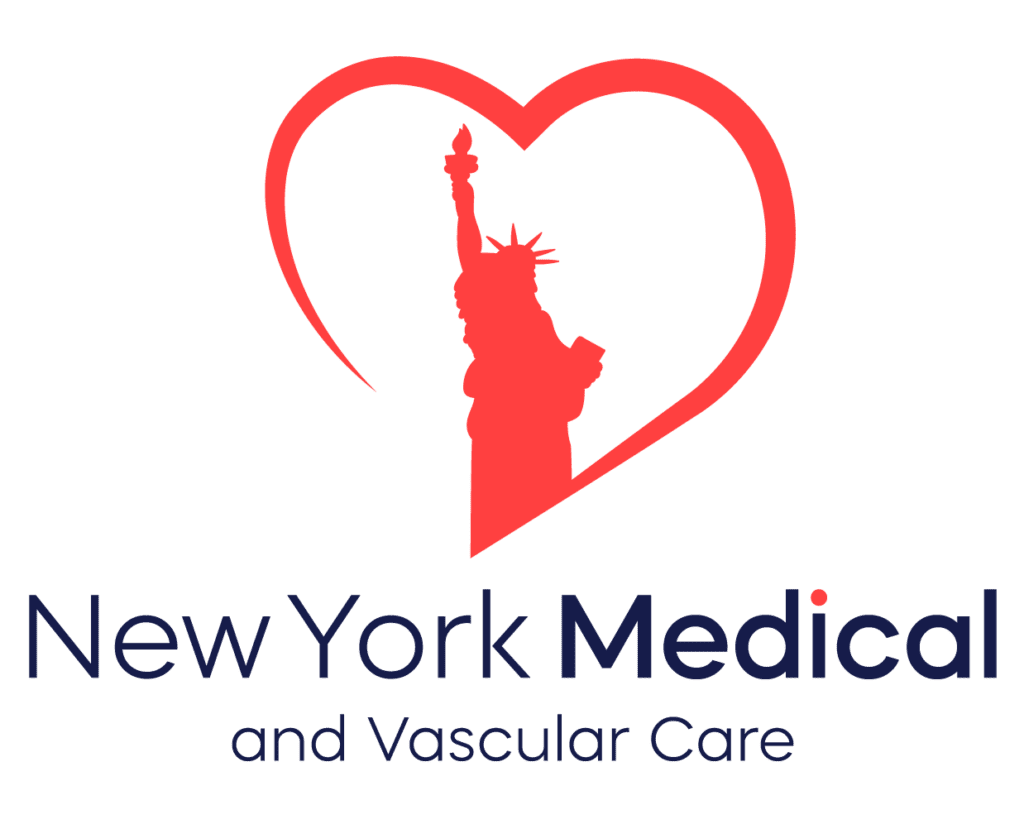Arthritis, a condition that affects millions of people worldwide, can significantly impact one’s quality of life by causing pain, stiffness, and reduced mobility. At New York Medical and Vascular Care (NYMVCare), we understand the challenges that arthritis patients face and the importance of effective management strategies. One of the most beneficial treatments for arthritis is physical therapy. Here, we explore the vital role that physical therapy plays in managing arthritis and improving the lives of those affected by this condition.
Understanding Arthritis
Arthritis is not a single disease but a broad term that encompasses over 100 different types of joint inflammation and conditions. The most common forms include osteoarthritis, rheumatoid arthritis, and psoriatic arthritis. These conditions can lead to pain, swelling, stiffness, and a decrease in joint function. Without proper management, arthritis can severely limit daily activities and overall well-being.
How Physical Therapy Helps
Physical therapy is a cornerstone of arthritis management, offering numerous benefits that help alleviate symptoms and improve joint function. Here are some ways physical therapy can make a difference:
- Pain Relief Physical therapists use a variety of techniques, including manual therapy, heat/cold therapy, and ultrasound, to reduce pain and inflammation in affected joints. These methods help to increase blood flow, decrease muscle tension, and promote healing.
- Improving Mobility and Flexibility Arthritis often leads to decreased range of motion in the joints. Physical therapy includes exercises and stretches designed to improve flexibility and maintain or increase joint mobility. This helps patients move more freely and perform daily activities with less discomfort.
- Strengthening Muscles Weak muscles can place additional stress on joints, exacerbating arthritis symptoms. Physical therapists create personalized exercise programs to strengthen the muscles around the affected joints, providing better support and reducing pain.
- Enhancing Balance and Coordination Arthritis can affect balance and coordination, increasing the risk of falls. Physical therapists work on improving these aspects through specific exercises and activities, helping patients feel more stable and confident in their movements.
- Educating Patients A crucial part of physical therapy is patient education. Physical therapists teach patients about proper body mechanics, posture, and joint protection techniques. This knowledge empowers patients to manage their condition better and prevent further joint damage.
- Tailored Treatment Plans Every arthritis patient is unique, and physical therapists develop customized treatment plans based on the individual’s specific needs, goals, and abilities. This personalized approach ensures that patients receive the most effective and appropriate care.
Conclusion
Managing arthritis can be challenging, but with the right strategies and support, patients can lead active and fulfilling lives. Physical therapy plays a crucial role in this process by alleviating pain, improving joint function, and empowering patients with the knowledge and tools they need to manage their condition effectively. At NYMVC, our dedicated team of physical therapists is committed to helping arthritis patients achieve their health goals and improve their quality of life. If you or a loved one is struggling with arthritis, consider exploring the benefits of physical therapy with NYMVCare.
Written By DapraLab


